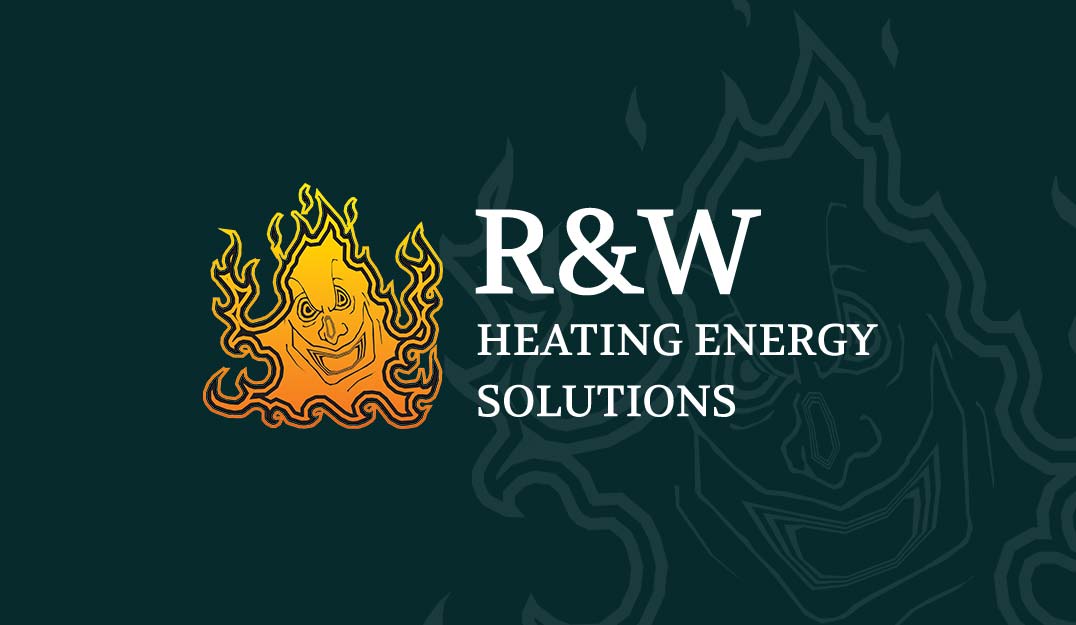If you suffer from asthma or allergies, your home could be the source of your affliction.
Most people believe that colder temperatures lead to cold and flu viruses – but that may not be true. While viruses do typically thrive in colder temperatures, there’s more than one factor to take into consideration. We are more susceptible to these germs in colder weather, partially because we are cooped up indoors more often, and inside there are higher concentrations of airborne cold and flu viruses. So, what can you do about it?
Homes with a warm air system (furnace, central air, or ducted systems), are most likely addressing air quality already, even if only minimally. These systems have an air filter, usually a 1″ or 5″ thickness. One-inch thick filters should be replaced approximately every 30 days, even if it appears clean! Part of what helps some filters work, is a thin coating to help catch contaminants. After a month or so, this coating has dried up. If you have a 5″ thick filter, we recommend replacing them about every six months. The bottom line is, the more frequently you check and change your air filters, the better they can work.
With a ducted system there are several options for better air quality – UV lights, humidification, air purifiers, etc. Whether you have ductwork or not, there are several high quality, portable air purifiers that significantly improve indoor air quality, control dust, dander, and pollen; reduce germs, VOC’s (Volatile organic compounds – cleaners, paint, candles, chemicals, soaps, etc) and odors, with HEPA air filtration. When purchasing an air purifier, beware of ozone, or ozone generators, as they are NOT air purifiers. Ozone is a toxic gas which can damage your lungs when inhaled – even in low amounts it can cause chest pains, coughing, shortness of breath, etc. You should also be cautious of units or claims of “plasma”, “activated oxygen”, or “ionization”.
The “tight home” or “tight whole house envelope” can have positive effects on energy costs and lower heating and AC costs. Most contractors in this field are highly trained and know what lines in air leakage cannot be crossed – still, the tighter the house, the more indoor air quality should be addressed. If on a windy, winter day, your curtains move when the wind blows – you may want to address the tightness of your home, before addressing indoor air quality.
At R&W Heating Energy Solutions, LLC, we are a family owned and operated business. We employ highly motivated, experienced, and dependable technicians, with a combined experience of over 80 years in the HVAC field. We welcome your calls and questions, and invite you to stop in our office and meet our team – son, daughter, nephew, daughter-in-law, and our ten other employees who have become part of our family!

